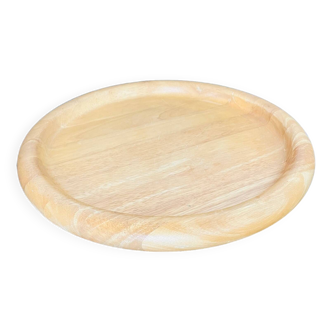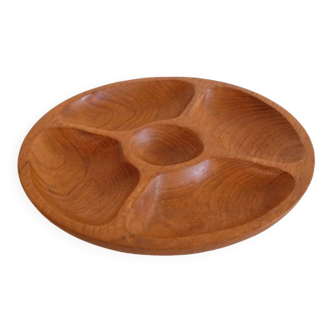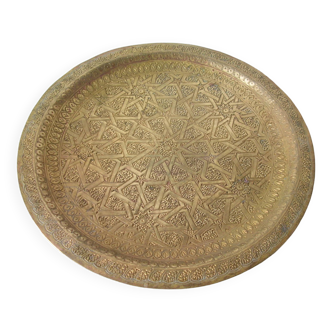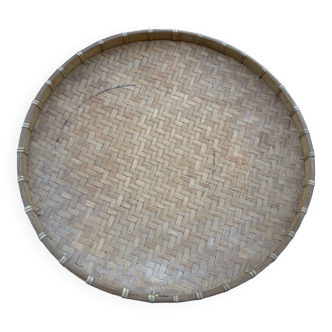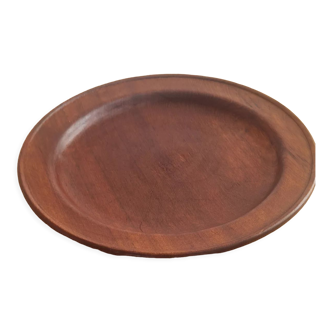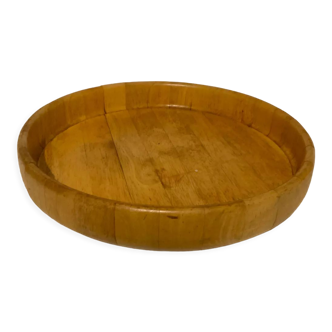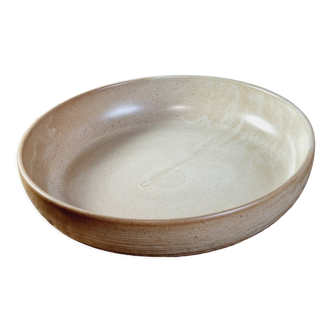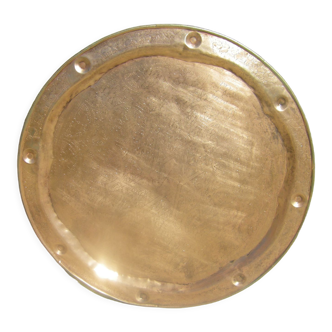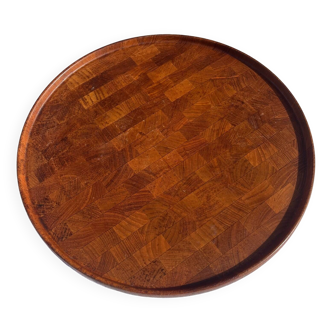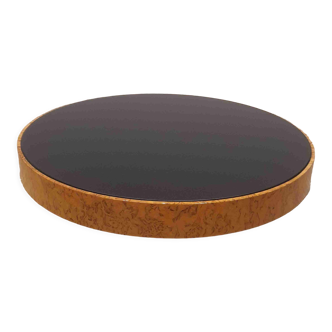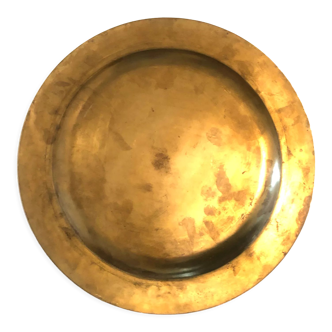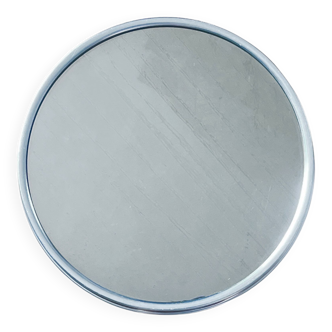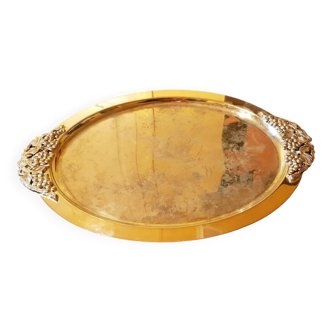Oval dish in black lacquered wood with gold leaf, Japan, 1970s

- Dimensions :
- H2 x W21 x D30
- Color :
- golden
- Material :
- wood
- Style :
- ethnic
Oval platter in black lacquered wood and gilded with gold leaf, japan, 1970s length 30 cm X width 21.3 cm X height 2.3 cm wood thickness 5 millimeters, weight 450 grams produced for the japanese market and not for export. The base is made of strong wood, lacquered in black in multiple layers and gilded with large gold leaf. This is a beautiful work of japanese craftsmanship from the city of kanazawa, a city that has been renowned for its gold leaf work for centuries. There is a technique named after it: "kanazawa gold leaf". Kanazawa prides itself on having 99% of japan's gold leaf production. Gold leaf is used not only for decoration, as in the famous kinkakuji temple in kyoto, but also in cooking and sweets. Ice cream wrapped in gold leaf is exclusive to kanazawa. Kanazawa's association with gold leaf began around 400 years ago. While the cities of kyoto and edo (present-day tokyo) manufactured gold leaf, kanazawa is now the sole production center for this coveted product. The city proudly supplies 99% of the national gold leaf market, with the remaining 1% produced in neighboring toyama. It should come as no surprise, then, to hear that the lustrous veneer that covers kyoto's kinkakuji temple (the golden pavilion) or the konjikidō hall at chūson-ji temple comes from kanazawa. While kanazawa leaf has fallen on hard times over its 400-year history, it is making a comeback thanks to the growing popularity of using gold and silver leaf on traditional buddhist structures, altars, and statuettes. Kanazawa's humidity and water quality make it a prime location for gold and silver leaf production, as the leaf works best in a relatively humid, static-free environment.


































